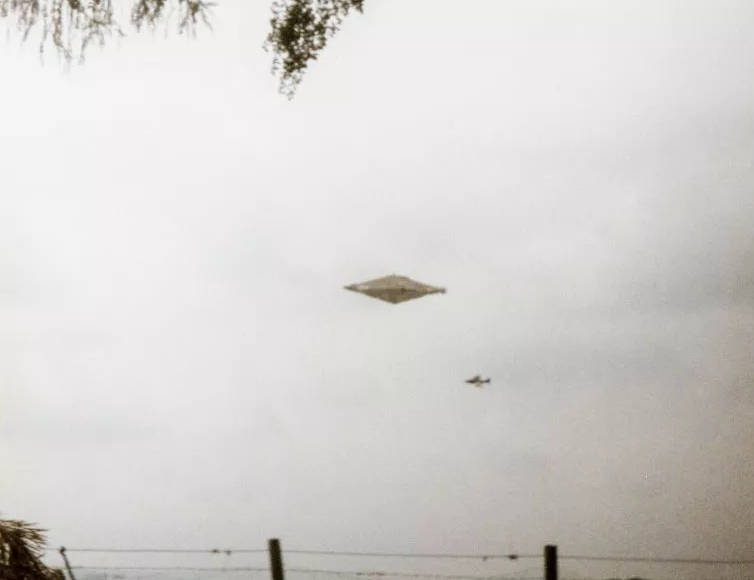
Quantum Mechanics and General Relativity are foundational to our current understanding of the physics governing our Universe. One set of rules to govern at the scale of particles, fundamental forces and their interactions, and another set of rules that apply to macroscopic or “classical” interactions and the mechanics of larger scale systems. These two frameworks work very well on their own for the most part but you need them both working together for a truly accurate model of our Universe as a whole. Unfortunately when you try to unify the two there are problems , both at the boundary between them and in various mappings one might use to reconcile the differences. We don’t have a theory of gravity that scales down to quantum processes.
Why do we need this ? There are inconsistencies in what we consider to be symmetry and equivalence principles between mass and energy at micro and macroscales. This is reflected in many of the outstanding problems in cosmology and physics today. They are of practical import for instance due to constraints imposed by general relativity on how much energy it takes to propel a craft of a given mass to some significant percentage of the speed of light. We need to do this if we are going to traverse distances required to reach other planets and stars on timescales that we would consider reasonable. We are up against a mass-energy firewall.
We already know there are solutions , in fact there are multiple theoretical frameworks for solutions. In each of them that pain in the neck general relativistic mass energy constraint appears. The workarounds thus far are ahead of our technological prowess , but we know they are there.
We now also have , for better or for worse , a new elephant in the room. That would be the multi-messenger verification of a presence in the form of UAP as physical craft , pilots and origins as yet unknown, flying through our airspace via unknown methods of propulsion. It’s taken decades to answer the question that we are in fact seeing what we are seeing. Observational data , at least in the context of military platforms and satellite systems , are narrowing the possibilities for misadventure and error substantially.
We still have to develop more tools to in fact verify that we are seeing what we are seeing in terms of unknown propulsion systems. We have to identify signatures that can tell us what is going on. The possibility is real that we are observing vehicles who’s propulsion systems make them effectively massless or weakly interacting at the interface of vehicle and environment. That would mean they’ve solved the firewall problem, among other things. Yes, the whole thing is nuts. We need to get over that.
